O.C. students collaborate on project with Irvine Ranch Conservancy
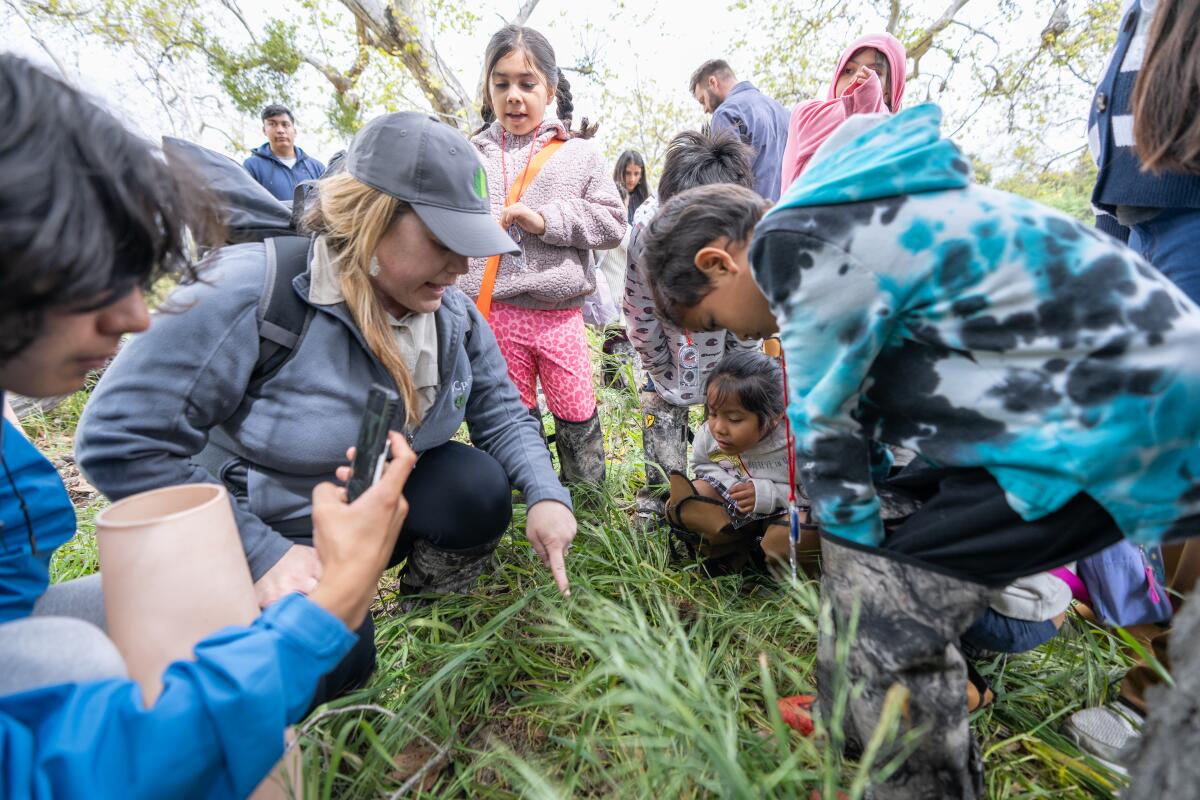
Protecting the oak woodlands of Orange County requires attentive research and care, which students from elementary school to college have been providing as part of a yearlong project folded into UC Irvine’s Center for Environmental Biology internship program.
Since January, students have been monitoring the germination rates of acorns and the growth of oak saplings to determine which conditions in specific microclimates are conducive to their development. Using the information they gather, ecologists can better help restore habitats that face challenges from wildfires and invasive pests.
“Oak woodlands are an incredibly diverse habitat type. Some references say it’s even one of the most diverse in all of the vegetation communities in California, so they’re important and the oaks themselves can be seen as keystone species,” said Sarah Kimball, the director of the UCI Center for Environmental Biology. “They define that community and support a whole host of other organisms: acorn woodpeckers, insects that occur on the oaks, all the plants in the under-story of the tree.
“They’re important and provide this nice, shady microclimate in what is otherwise a very exposed, and in the summers, very hot environment.”
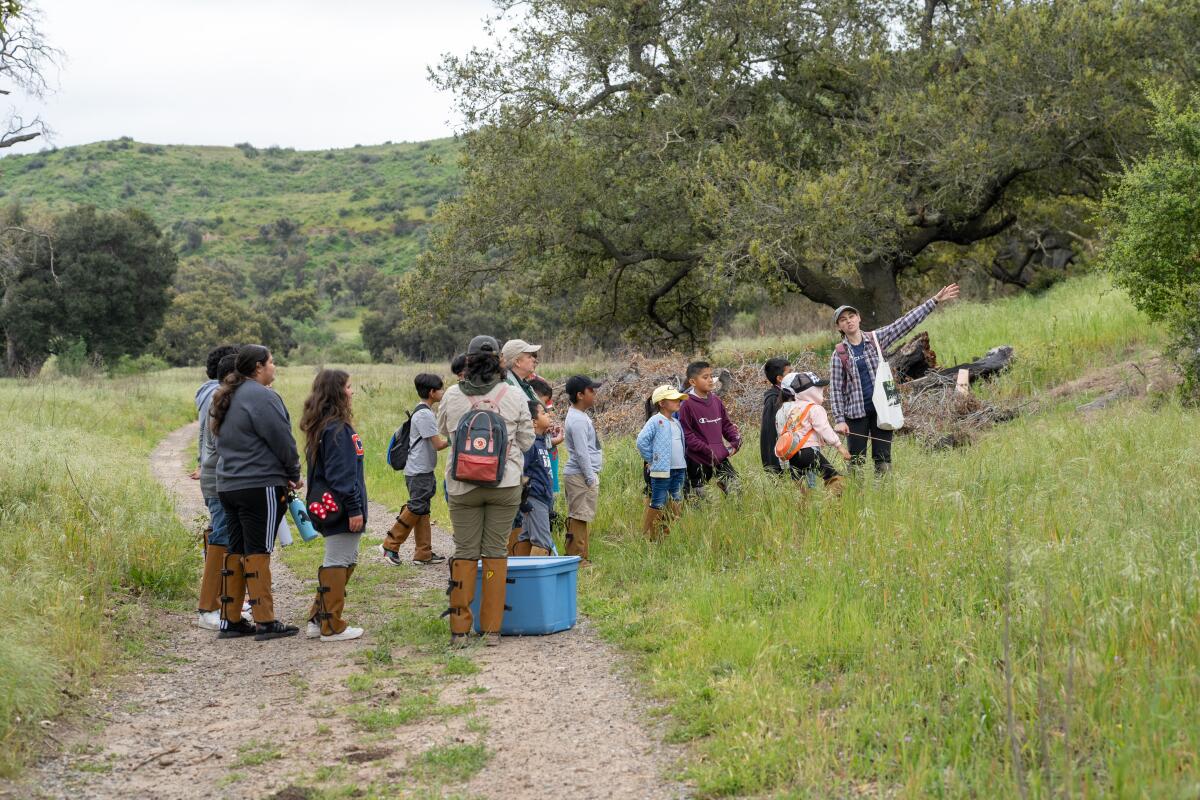
Kimball said the university has been monitoring four oak woodlands along the coastal parts of county nature reserves and 12 that are more inland. Many of them experienced some die back due to drought conditions, but others such as Blind Canyon faced higher mortality rates.
The project is a first-time collaboration between the Irvine Ranch Conservancy, the UC Irvine Center for Environmental Biology, the Delhi Center and the Orange County Department of Education, though the individual agencies have collaborated with one another for years.
Students at the Delhi Center were tasked with the propagation of 24 surviving white sage plants and 96 oak saplings. Once those were ready, 12 teens from the Santa Ana-based center and 12 interns from UC Irvine headed out in February to OC Parks’ Limestone Canyon, which has seen significant wildfires since 1914, and planted the germinated acorns and saplings beneath the canopy of surviving oak trees, out in the open with and without a white sage companion and near downed trees. Forty students from Delhi went to the site in April with those same college interns.
Delhi Center youth program manager Miguel Torres said the opportunity allowed the younger kids to learn about environmental issues around them.
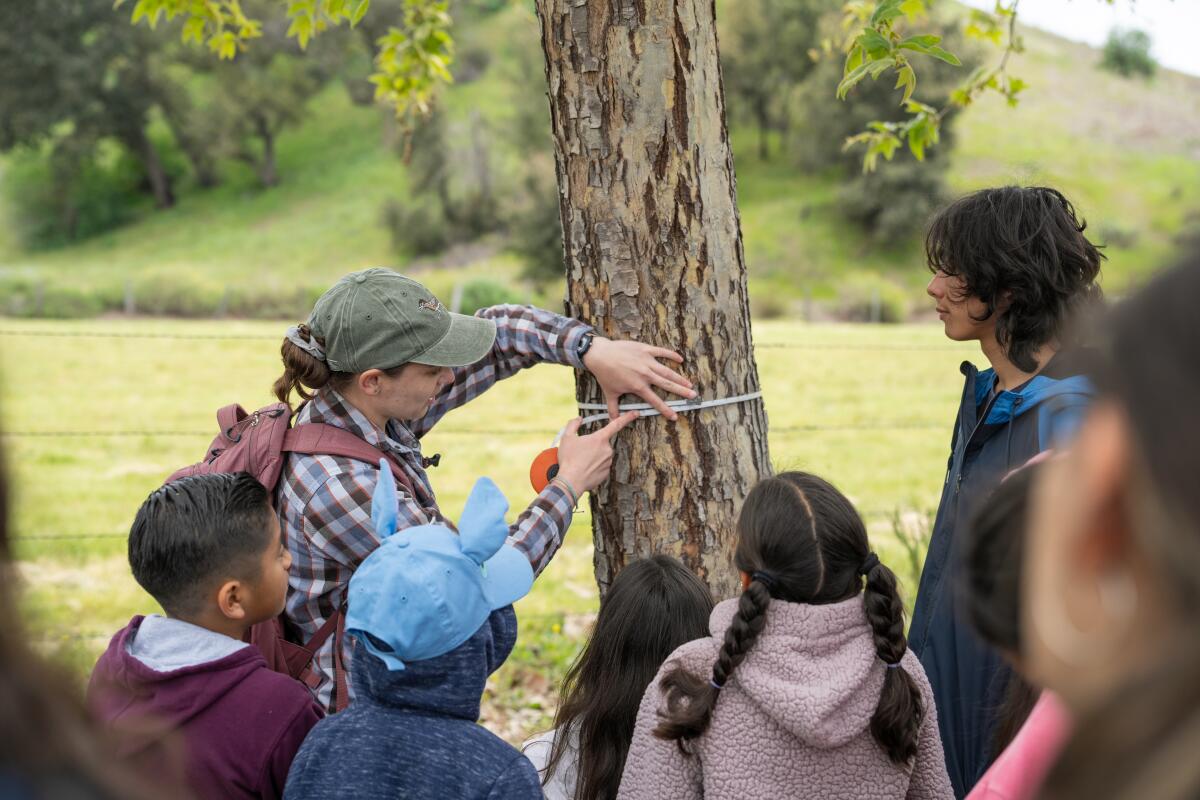
“It’s engaging them in a physical activity that is cooperative that also teaches them patience and how to care for another living organism. But they also get to feel pride in their work and see the results of it,” Torres said.
The collaboration came together in the fall, according to Irvine Ranch Conservancy officials, with 288 oak acorns sown from its inventory. The most important element of the project was making sure the goals of every involved organization were being met, according to Eliza Hernandez, a program manager for the conservancy.
Her colleague, Kelley Brugmann, described the project as multigenerational.
“It’s multiple generations of stewards that we’re trying to work with from a collegiate level with UCI and the youth at Delhi. We’re talking even, within that, a few decades of generations. We hope that people would come back and see what projects they worked on and hopefully enjoy the shade of that survived oak,” said Brugmann.
Associate director Patrisia Gonzalez said one of the biggest impacts had been in getting the kids to Limestone Canyon to plant.
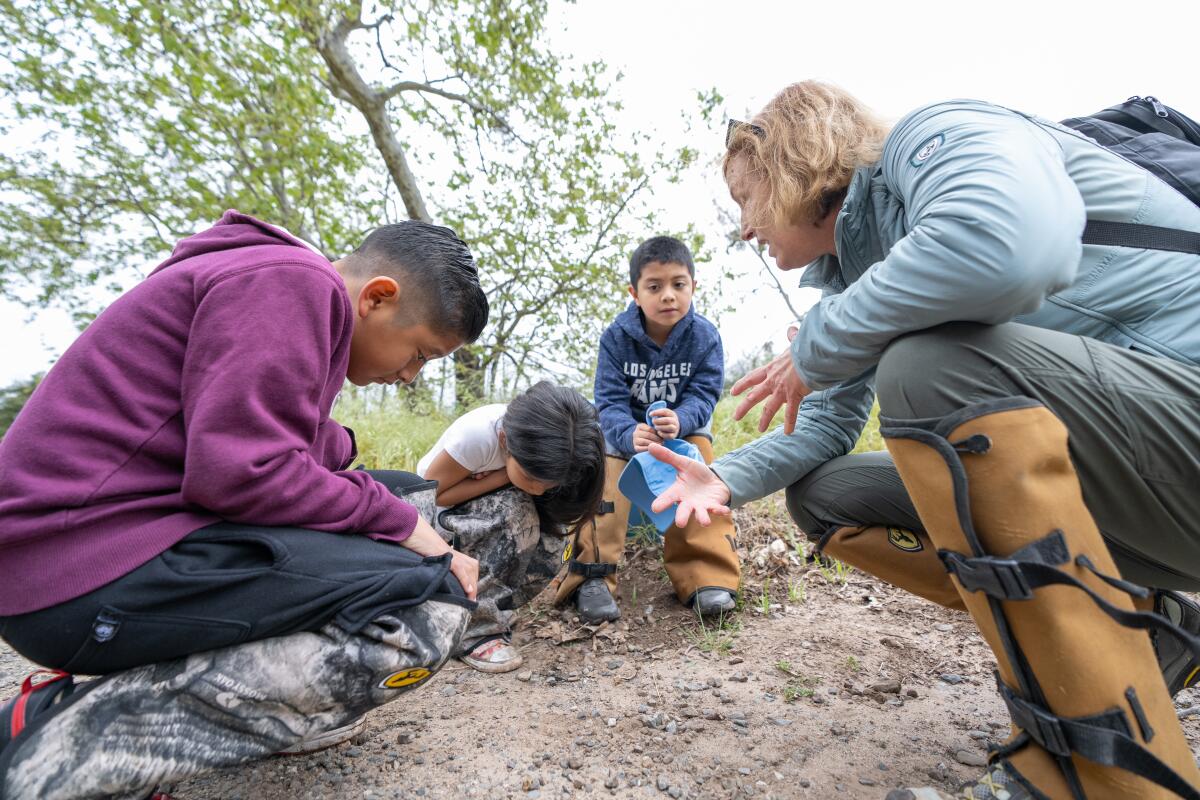
“It developed this interest in that specific field of environmental work and ecology. That was the feedback we got back from the teens and the children,” Gonzalez said.
The Orange County Department of Education’s Inside the Outdoors program also contributed to the proposal for the project and helped university students tailor their information to younger students for both teaching and in data collection.
Early data suggest soil moisture is higher near downed trees while acorn germination rates appear to be higher out in the open, with or without the white sage. Height changes seemed even across the board and there were more leaves on plants growing outside of canopies. Kimball said it was the opposite of initial hypotheses, though another set of measurements are expected to be taken in June.
“It’s critically important for students to understand how our environment is changing. Getting them involved in real research and ecological restoration like this helps them learn about the environmental systems here in Orange County and empowers them to take action to protect them,” said Sara Ludovise, a coordinator for the program. “Projects like this also introduce students to future career opportunities and help them build competencies in critical thinking and collaboration.
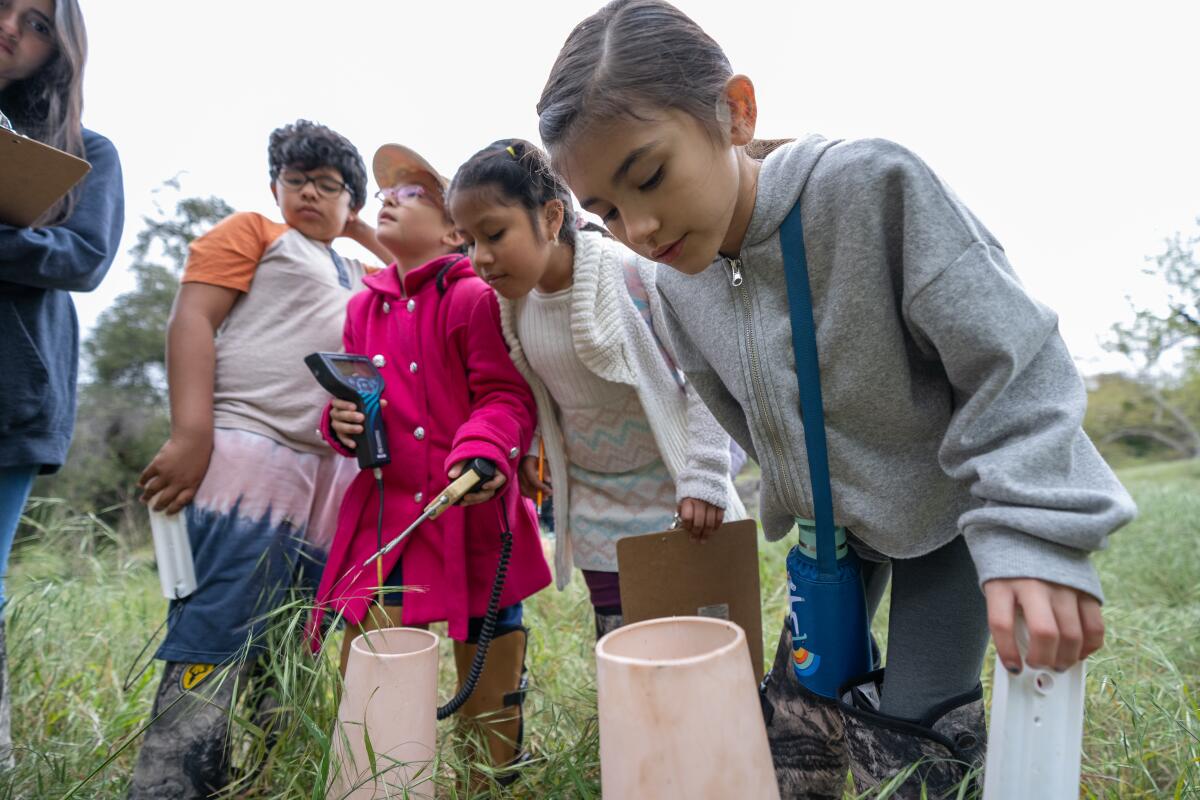
“Educators can’t do this kind of work alone. ITO’s partnership with the teams at Irvine Ranch Conservancy and UC Irvine has helped us ensure that students are investigating meaningful solutions to real environmental problems and are equipped with the competencies they need to thrive in the 21st century.”
Kimball said part of the collaboration was highlighting the importance of increasing diversity in the sciences and academia.
“The higher up you go in academia, the less diverse it gets. It’s great to have the K-12 students be mentored by people that look like them and will show them as how to act as scientists in the collection of data,” Kimball said. “They see this as a career option for them [and think] ‘I could be a scientist because this other person is not that much older than me and they’re showing me how to do this work.’”
All the latest on Orange County from Orange County.
Get our free TimesOC newsletter.
You may occasionally receive promotional content from the Daily Pilot.




